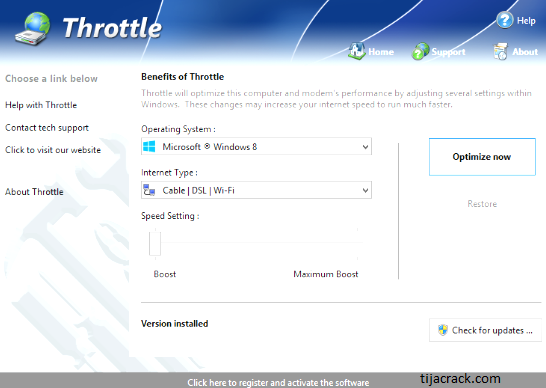
To sum it upĪll in all, your computer automatically distributes system resources where needed and how they’re solicited. The same can be done for the application itself, which limits total CPU to a specific amount, making it possible to run older programs and games. In case you know you run complex programs that tend to eat up too much CPU, there’s the possibility to tell the application to reserve a custom percentage of CPU for system usage, so you don’t risk ending up with a frozen PC. This is done through technical specifications, such as the number of threads to target, loops to perform, and thread sleep time in milliseconds. Several fields need to be filled in with the right values, so the application knows how to distribute resource usage, and where. You need to know a bit about your CPU in order to properly tweak the set of functions.

Set thread usage and reserve for system processes CPU usage is shown in real time, for both general system purposes, as well as the application itself.

Although it lacks documentation or explanations, fields and functions you get to work with are pretty self explanatory. The visual design is pretty simple, and doesn’t pose any accommodation problems.

NET Framework is deployed on the computer you want to use it on. Can be used on the goĪ cool thing about the application is that it takes none of your time with an installation process, and this is because it doesn't require it to run, meaning you can run it on other PCs as well, directly from a USB flash drive. Every hardware component is important, and if you can’t create a balance, you can at least optimize usage with specialized applications like CPUThrottle, this one dedicated to the processor.

Everything running on your computer takes up some amount of system resources, with some applications that take more, and others abusing it.


 0 kommentar(er)
0 kommentar(er)
